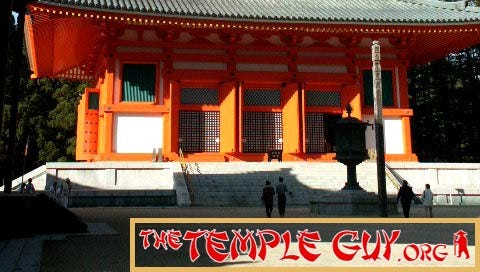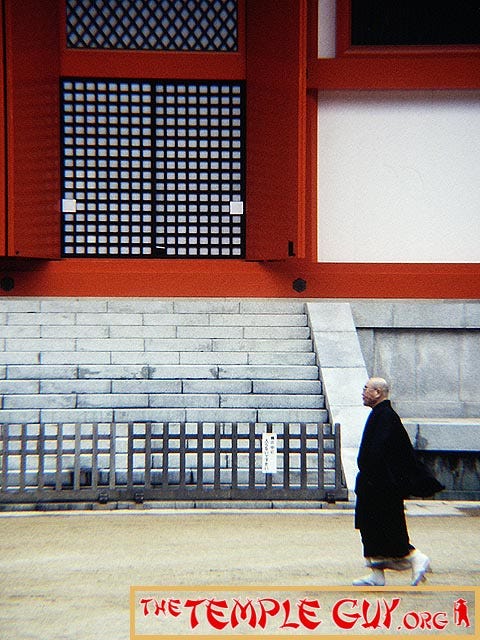My journeys have taken me to so many amazing places, from the Colorado Plateau ruins of the Chaco Canyon Native American complex, to the "summer resort" of the Manchurian emperors of the Great Qing Dynasty.
But none has a grip on my heart like that of what Japanophile Oliver Statler describes as "the next world revealed in this world" and "a certain gateway to paradise." And Ed Readicker-Henderson, author of The Traveler's Guide to Japanese Pilgrimages and another of my virtual "travel companions," wrote that if he had one day to spend in Japan, he'd spend it here. (For experienced Japan travelers, I think Ed's right, but newcomers should spend the day in Kamakura.)





